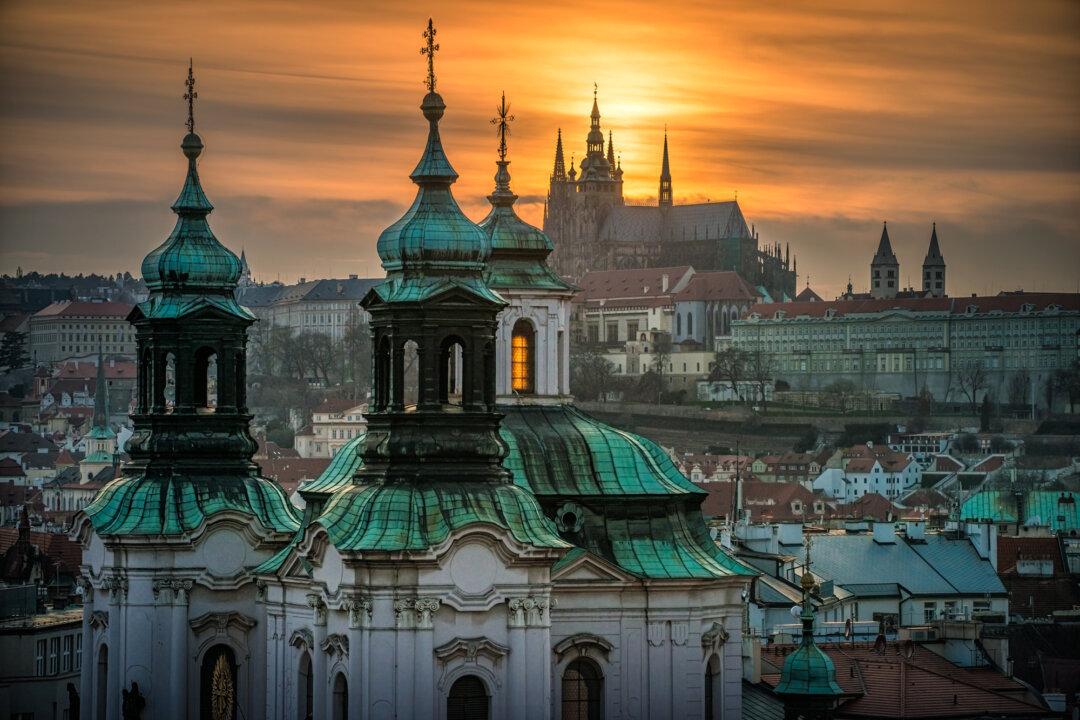I must admit I didn’t know a lot about Wales before recently venturing there to trek its stunning series of coastal paths.
I was, however, well aware of one of Wales’s most famous sons, the poet Dylan Thomas. After World War II, when Thomas was one of the best-known poets in the English-speaking world, he moved to Laugharne on the wild and unpredictable Taf estuary in southern Wales. At that time the town was most easily accessible by boat.





